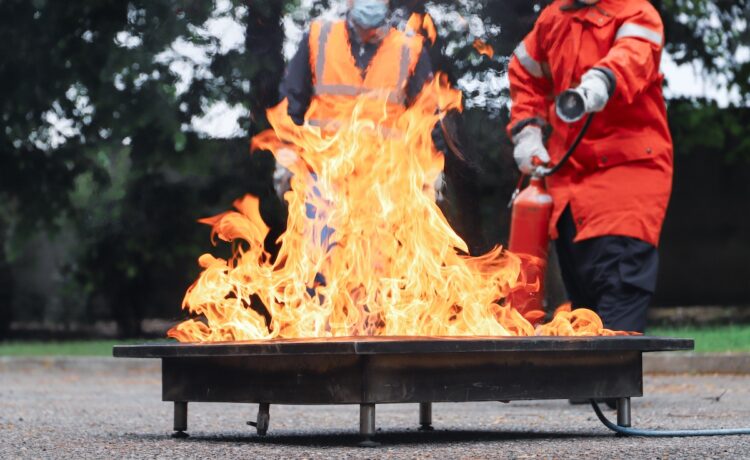Firefighters are the unsung heroes who put their lives on the line to protect communities. Behind the courage and quick reflexes that the public admires lies a rigorous, ongoing training regimen. Whether you’re a fresh recruit, an experienced crew member, or simply curious about the profession, understanding the fundamentals of fire training can illuminate why this work is both demanding and deeply rewarding.
1. The Core Principles
- Physical Conditioning: Firefighting demands strength, endurance, and agility. A typical training program includes cardio, weight training, and functional drills that mimic real‑world tasks—ramping up hoses, carrying heavy equipment, and rescuing victims under stress.
- Technical Proficiency: Mastery of firefighting tools—hoses, axes, thermal imaging cameras, and breathing apparatus—is essential. Trainees spend hours in the gear room, learning to assemble, maintain, and troubleshoot each piece.
- Fire Science Fundamentals: Understanding fire behavior, building construction, and ventilation helps responders predict how a blaze will develop and choose the safest path to containment.
2. Learning Through Simulation
Most departments rely on staged scenarios to expose recruits to the unpredictable nature of emergencies. Live‑fire exercises in controlled environments test reaction time, decision‑making, and teamwork. Boundary‑setting drills—confined spaces, high‑rise building fires, and hazardous material incidents—ensure that crews can adapt to any situation.
3. Mentorship and Peer Learning
No training can replace the wisdom of seasoned professionals. New firefighters shadow veterans during drills, absorb tacit knowledge, and receive constructive feedback. This mentorship model not only cultivates technical skill but also instills a sense of community and shared responsibility.
4. Continuing Education and Specialty Certifications
Firefighting evolves with technology and changing building codes. Many departments offer advanced courses in areas such as hazardous materials (HAZMAT), technical rescue, and emergency medical response. If you’re looking to push your skills further, you can explore advanced firefighter training. These programs deepen expertise and open doors to leadership roles within the department.
5. The Human Element
Beyond the drills and gear, confidence, compassion, and resilience are the invisible forces that sustain a firefighter’s career. Training programs increasingly incorporate mental health resources, peer support, and debriefing sessions to help responders process traumatic events and maintain emotional well‑being.
Conclusion
Fire training is a continuous journey that blends physical readiness, technical knowledge, and human resilience. It equips firefighters to confront danger with competence and calm. Whether you’re a prospective recruit or a community member supporting a local station, recognizing the depth and dedication of fire training fosters greater appreciation—and safer communities—for years to come.




